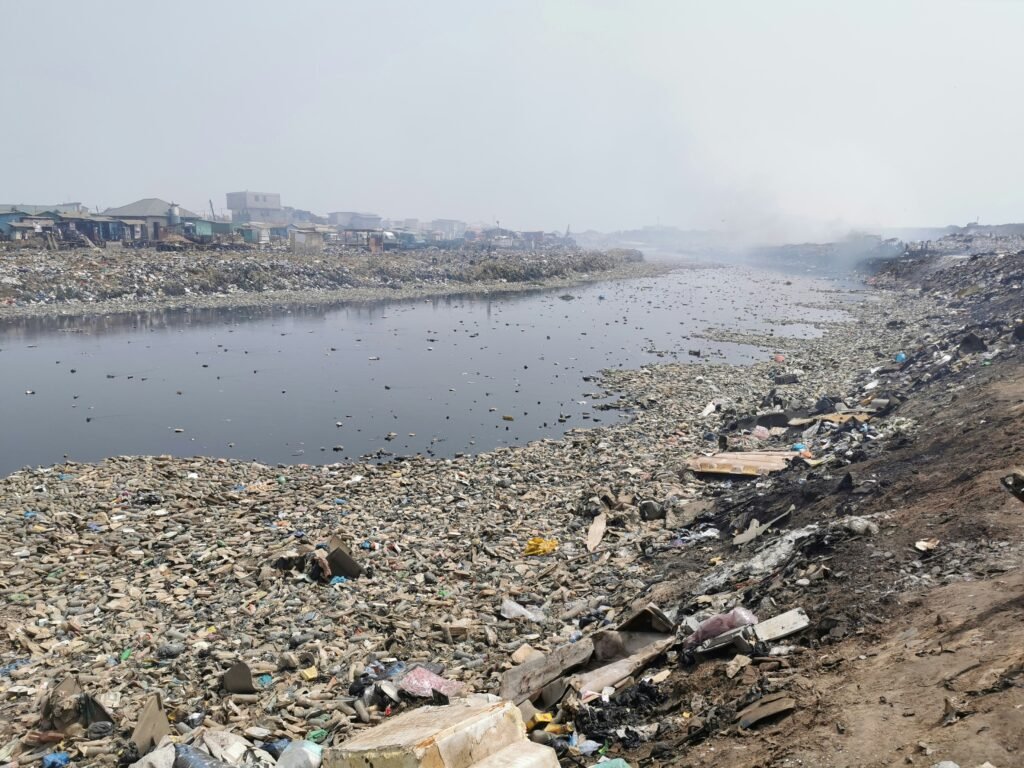Unimarshal Technologies Pvt. Ltd., headquartered in Gujarat, India, is a leading manufacturer and supplier of industrial filtration solutions. Their product range includes bag filters, cartridge filters, air-gas filtration systems, and filter housings, designed to address a variety of industrial filtration needs.
While specific information on Unimarshal Technologies’ involvement in microplastic removal from industrial wastewater is limited, their expertise in providing reliable filtration solutions positions them as a valuable partner for industries seeking to enhance their wastewater treatment processes.
Introduction
Microplastic pollution has become a pervasive environmental issue, infiltrating oceans, rivers, and even our drinking water. These tiny plastic particles, often less than 5 millimeters in size, originate from various sources, including the breakdown of larger plastic debris, synthetic textiles, and personal care products. Their presence poses significant risks to marine ecosystems and human health.
To combat this growing concern, advanced filtration solutions are emerging as effective tools to remove microplastics from water sources, ensuring cleaner and safer water for all.
Understanding Microplastic Pollution
Microplastics are small plastic particles that result from the degradation of larger plastic waste or are manufactured for specific industrial purposes. They are commonly found in:
- Synthetic fibers from clothing
- Microbeads in personal care products
- Degraded plastic waste from packaging and other materials
These particles are not only persistent in the environment but also have the ability to absorb harmful pollutants, making them even more hazardous when ingested by aquatic organisms. The accumulation of microplastics in the food chain raises concerns about their potential impact on human health, including endocrine disruption and other adverse effects.
Advanced Filtration Technologies: A Solution
Recent advancements in filtration technologies offer promising avenues for addressing microplastic pollution. These methods focus on enhancing the removal efficiency of microplastics from water sources:
1. Membrane Filtration
Membrane filtration techniques, such as ultrafiltration and nanofiltration, utilize semi-permeable membranes to separate microplastics from water. These membranes have pore sizes small enough to capture microplastic particles effectively. Innovations in membrane materials and configurations have improved their durability and resistance to fouling, making them more suitable for large-scale applications.
2. Coagulation-Flocculation
This chemical treatment process involves adding coagulants to water, causing microplastic particles to aggregate into larger flocs. These flocs can then be more easily removed through sedimentation or filtration. Combining coagulation-flocculation with other treatment methods enhances the overall efficiency of microplastic removal.
3. Bioremediation
Bioremediation leverages microorganisms to degrade microplastics into less harmful substances. Certain bacteria and fungi have demonstrated the ability to break down plastic polymers, offering a sustainable approach to mitigating microplastic pollution. Research in this area is ongoing, aiming to optimize conditions for effective biodegradation.
4. Advanced Oxidation Processes (AOPs)
AOPs involve generating highly reactive species, such as hydroxyl radicals, to oxidize and break down microplastics. Techniques like photocatalysis and ozonation fall under this category. These methods can degrade microplastics into smaller, less harmful molecules, although their application requires careful control to prevent the formation of unintended byproducts.
Innovative Materials and Approaches
Beyond traditional filtration methods, researchers are exploring novel materials and techniques to enhance microplastic removal:
- Nanofiber Filters: Incorporating nanomaterials into filter designs increases surface area and adsorption capacity, improving microplastic capture rates.
- Magnetic Separation: Utilizing magnetic nanoparticles that bind to microplastics allows for their removal through magnetic fields, offering a non-invasive and efficient separation method.
- Bio-based Adsorbents: Materials derived from natural sources, such as chitosan and cellulose, have shown promise in adsorbing microplastics due to their biodegradability and affinity for plastic particles.
Implementation and Future Outlook
Implementing advanced filtration solutions requires collaboration between governments, industries, and communities. Upgrading existing water treatment infrastructure to incorporate these technologies is essential. Additionally, public awareness campaigns can promote responsible plastic use and disposal, reducing the introduction of microplastics into the environment.
Continued research and development are vital to refine these technologies, making them more cost-effective and accessible. As our understanding of microplastic pollution evolves, so too must our strategies to combat it, ensuring the protection of both environmental and human health.Entrepreneurs Herald


